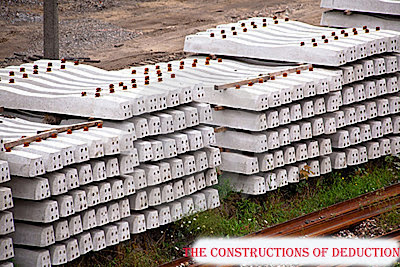What is Soil Mechanics?

Definition of Soil Mechanics The term ‘soil mechanics’ was coined by Dr. Karl Terzaghi in 1925 when his book Erdbaumechanic on the subject was published in German. According to Terzaghi, ‘Soil mechanics is the application of the laws of mechanics and hydraulics to engineering problems dealing with sediments and other unconsolidated accumulations of solid particles produced by the mechanical and chemical disintegration of rock, regardless of whether or not they contains an admixture of organic constituents’. Soil mechanics is, therefore, a branch of mechanics which deals with the action of forces on soil and with the flow of water in soil. The soil consists of discrete solid particles which are neither strongly bonded as in solids nor they are as free as particles of fluids. Consequently the behaviour of soil is somewhat between that of a solid and fluid. It is not, therefore, surprising that soil mechanics draws heavily from solid mechanics and fluid mechanics. As the s...




